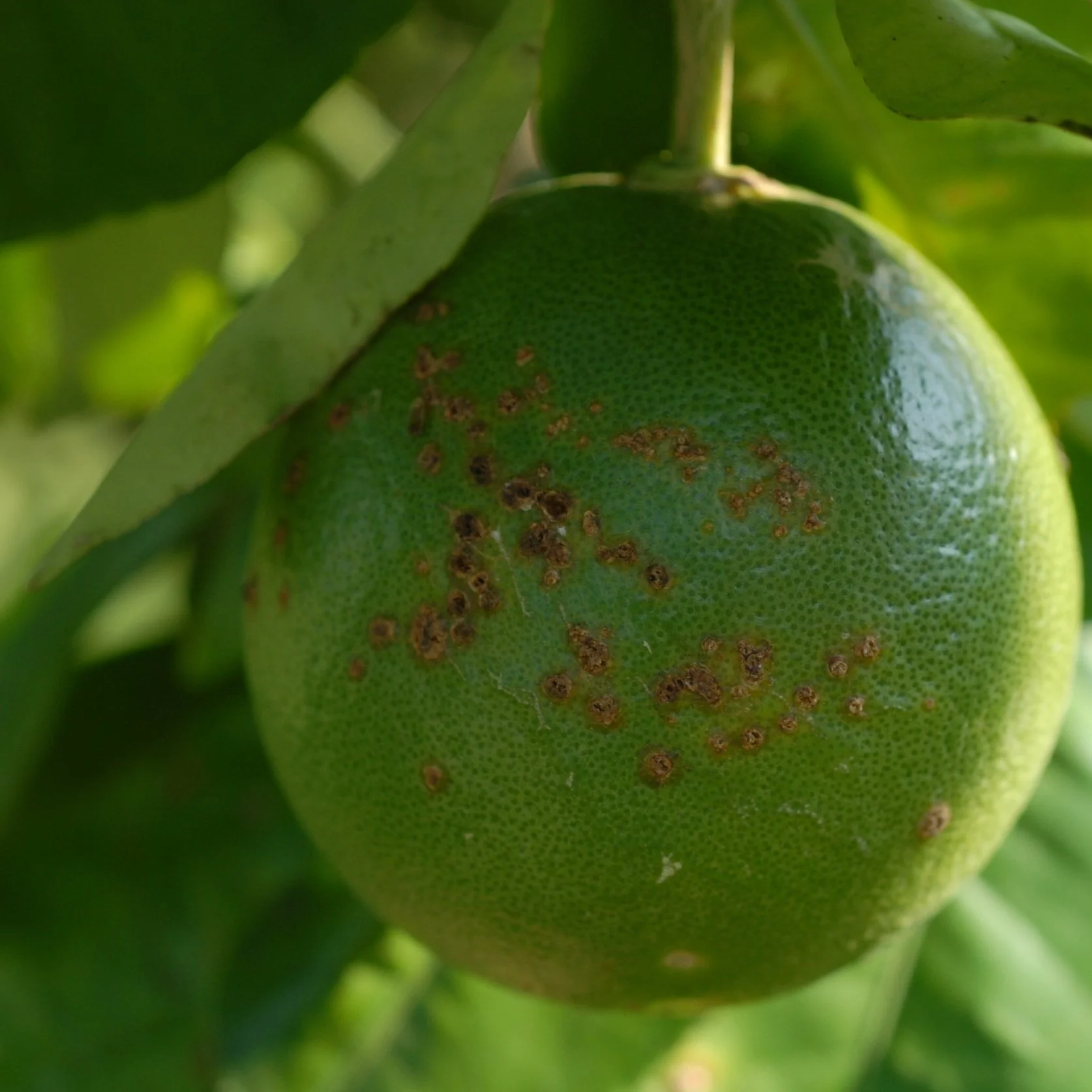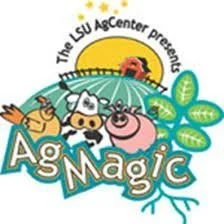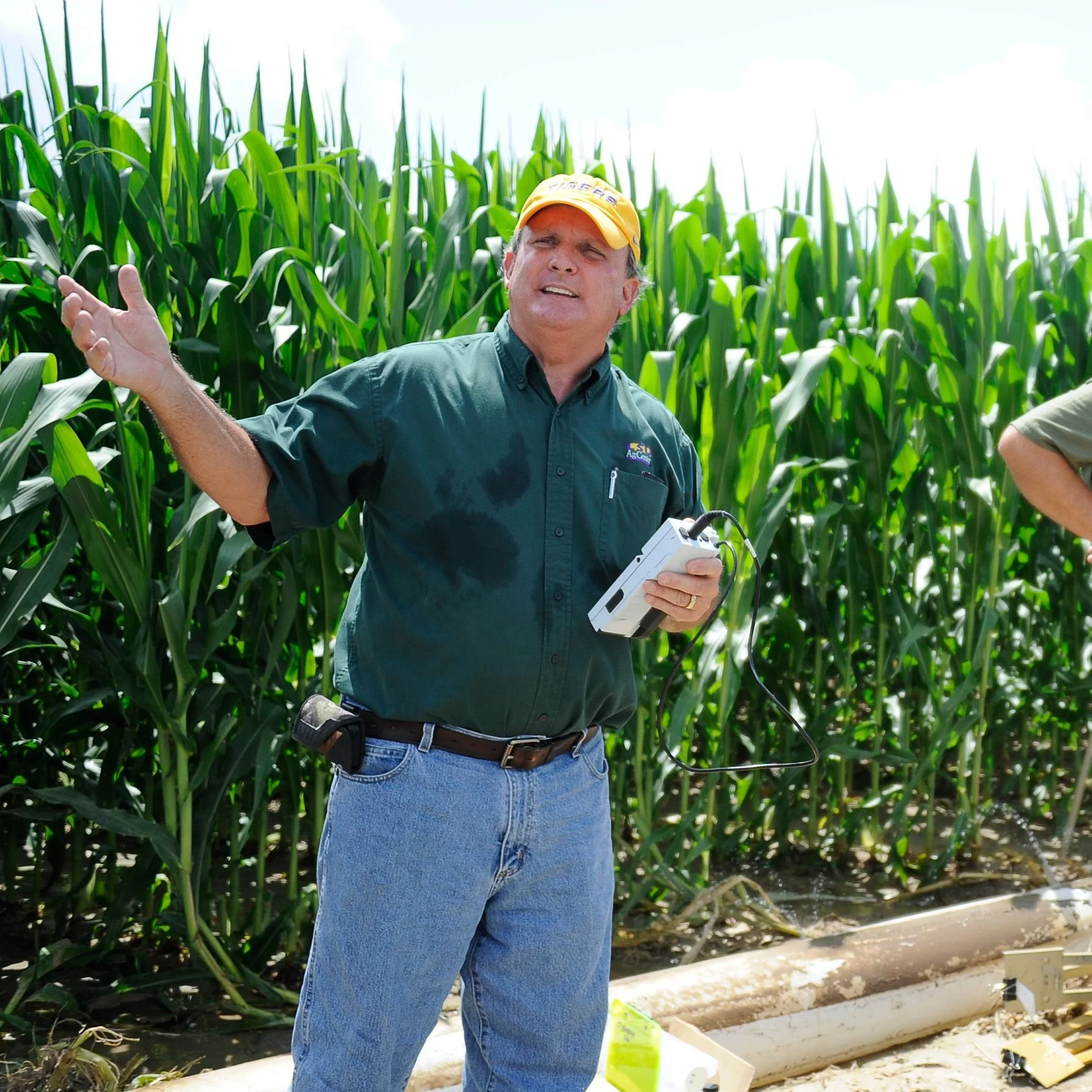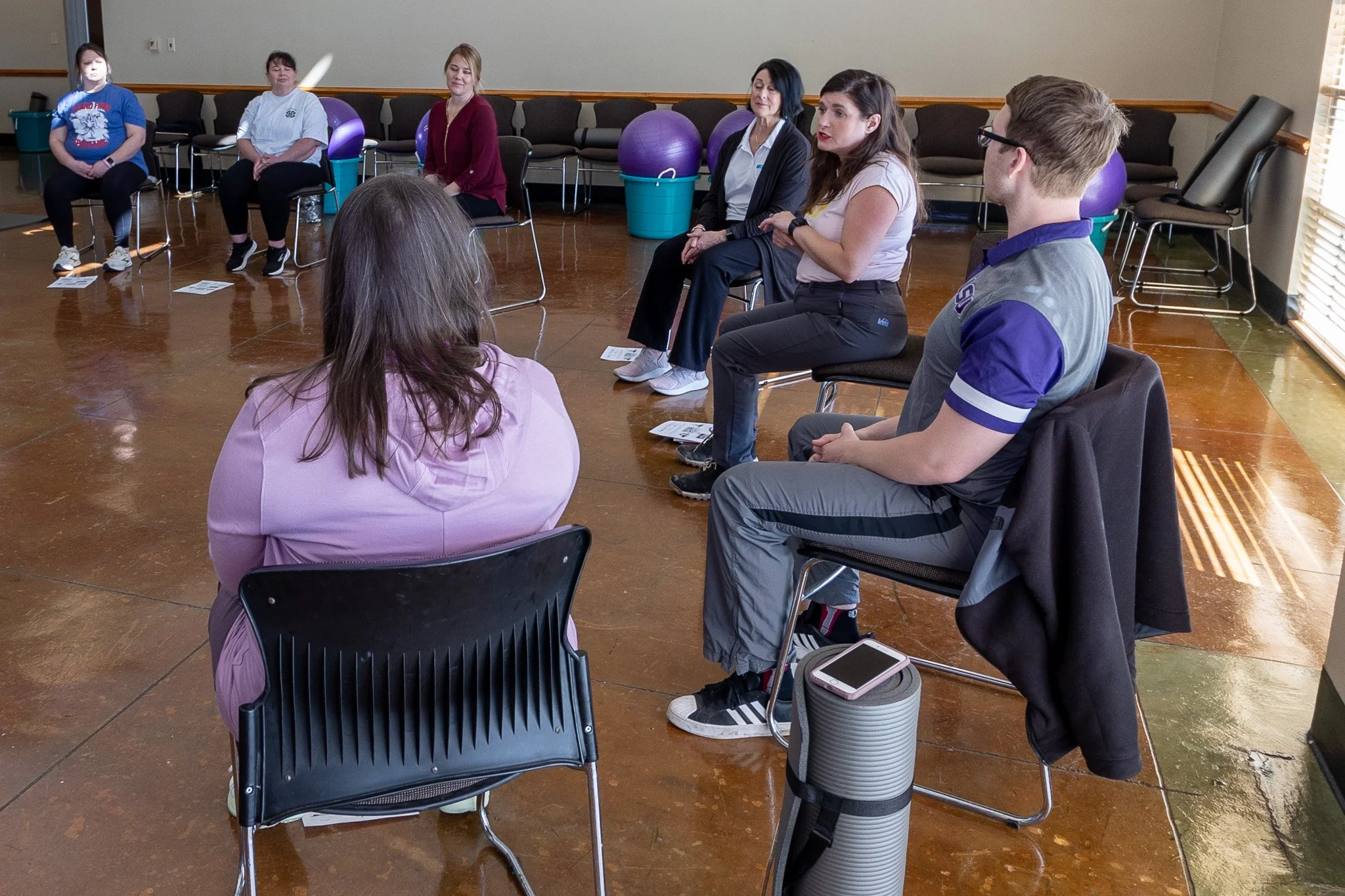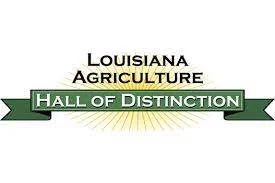This month’s 2022/23 U.S. corn outlook is for lower corn used for ethanol and larger ending stocks. Corn used for ethanol is reduced 25 million bushels, based on data through December from the Grain Crushings and Co-Products Production report and weekly ethanol production data as reported by the Energy Information Administration for the month of January.
Read MoreRecent data suggest the optimum planting timing for soybean in central and north Louisiana is between late-March to mid-April.
The LSU AgCenter continues to research soybean planting dates to see if it is economical to plant earlier or later than the optimum time.
Read MoreWith corn planting occurring rapidly throughout the state, I’ve received numerous questions about how an Easter cold snap may impact emerged corn. The effect of frost on emerged corn is mainly damage to the leaf tissue. Within the first 24 hours after the frost event, corn leaves may turn yellow or brown and exhibit a water-soaked appearance.
Read MoreFor more than a quarter of a century, LSU AgCenter food scientist Witoon Prinyawiwatkul has regularly returned to his native Thailand to help grow two universities and develop dozens of students who wish to follow his path.
At the AgCenter, Prinyawiwatkul — the Horace J. Davis Endowed Professor in the School of Nutrition and Food Sciences — researches ways to reduce sodium in food and develops the uses of insects for human consumption.
In visits to Thailand each year, he has shared his knowledge by teaching more than 120 short courses and workshops, consulting with food science programs and advising students.
“I want to give back to my country,” he said.
Read MoreEach year beef cattle producers face decisions over whether to cull females from their herds because of decreased productivity, illness or injury, age and many other factors. Along with culling comes the decision to replace these females with heifers — young females that have not yet given birth to a calf — to maintain herd size and productivity. It is not uncommon for producers to have a replacement rate of 15% to 20% annually.
Read MoreLouisiana’s hot and humid climate, long growing season with mild winters and its unique geographical location provide perfect breeding grounds for introduction and establishment of invasive plant diseases. Among some of the most important invasive plant diseases threatening Louisiana specialty crops detected during the past decade are boxwood dieback, citrus canker and palm phytoplasmas.
Read MoreThe LSU AgCenter’s AgMagic event, which educates visitors about the importance of agriculture, will return to Baton Rouge and Greater New Orleans this spring.
For almost two decades, this annual, free event has taken thousands of children and adults alike on an interactive journey through several facets of Louisiana agriculture.
Read MoreThree individuals who have spent their careers dedicated to improving agriculture in Louisiana are the newest inductees into the Louisiana Agriculture Hall of Distinction. The induction too place place at the L’Auberge Hotel in Baton Rouge last night.
Read MoreThe U.S. Department of Agriculture held its Agriculture Outlook Forum Feb. 23-24 in Washington, D.C. The forum provides a forecast for the 2023 crop year.
Matt Foster, LSU AgCenter state specialist for cotton, corn and grain sorghum, was a featured speaker at the forum and discussed Louisiana cotton. He started by looking back over the previous decade.
Read MoreBreakthroughs in the preservation techniques of aquatic species genomes could aid conservation efforts and are needed to safeguard billions of dollars of investments in biomedical research, industrial production and fisheries.
It is estimated that 200 million people worldwide rely on freshwater fishes as their primary source of protein, and 60 million people rely on them for their livelihoods.
Read MoreJames Hendrix, conservation agronomist for the LSU AgCenter Northeast Region, has been named the Conservation Systems Soybean and Corn Researcher of the Year for 2023.
Hendrix received the award during the 2023 National Conservation Systems Cotton and Rice Conference held recently in Baton Rouge.
Read MoreIn the midst of Mardi Gras season and a day after Super Bowl LVI — a time of year when healthful choices are often in short supply — LSU AgCenter Northeast Region nutrition agents and educators convened their own kickoff event to celebrate a grant from Well-Ahead Louisiana as part of National Heart Month.
Read MoreThe LSU AgCenter is proud to announce its first Louisiana Super Plant selection for 2023, and it is none other than the Peggy Martin rose. Also known as the Katrina rose, most Louisiana residents know this rambling rose. If you’ve spotted the profuse, deep pink bloomers climbing on trellises or fences this spring, you’ve seen one of the most beautiful, easy-care roses of the South.
Read MoreThree individuals who have spent their careers dedicated to improving agriculture in Louisiana will be the newest inductees into the Louisiana Agriculture Hall of Distinction. The induction will take place at the L’Auberge Hotel in Baton Rouge March 2.
Read MoreFrom walking the fields with farmer Cecil Parker in Vidalia and working alongside longtime LSU AgCenter Agent Glen Daniels while a student at Vidalia High and Copiah-Lincoln, Matt Foster is now representing the state of Louisiana as an LSU AgCenter Assistant Professor and cotton, corn and grain sorghum specialist.
Foster will be a featured speaker at the U.S. Department of Agriculture’s Agricultural Outlook Forum on Friday in Washington D.C.
Read More





